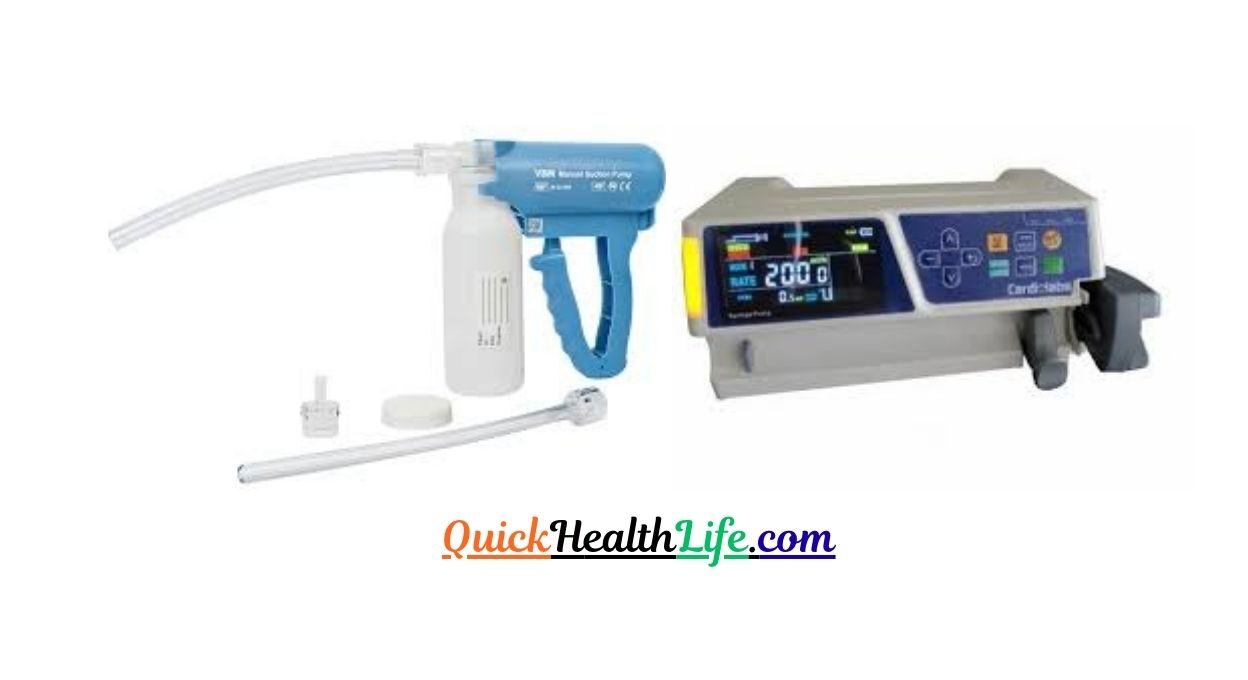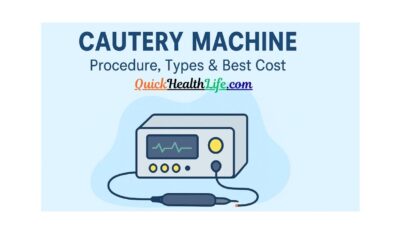What is a Suction Pump?
A suction pump is a device that uses pressure to remove fluids, air, or secretions from the body or surroundings. In hospitals, it is used for clearing airways, wounds, and surgical sites. At home, suction pumps are used in drainage systems, water supply, and cleaning purposes.
Common Uses of Suction Pumps
- Medical Use – Removing mucus during surgery, wound drainage.
- Home Use – Water suction pump for home is commonly used for lifting water from underground tanks.
- Industrial Use – Used in chemical plants to transfer fluids.
👉 If you are looking for a suction pump without electricity, manual options are also available. These are budget-friendly and useful in areas with power cuts.
Table of Contents
What is a Perfusion Pump?
A perfusion pump, also known as an infusion pump, delivers fluids into the patient’s body in a controlled manner. It ensures that medicines or nutrients enter the body at the right rate, volume, and time.
Purpose of a Perfusion Pump
- To give medicines during surgery or ICU treatment.
- To deliver glucose, insulin, or antibiotics.
- To supply blood or nutrients in critical patients.
👉 Many people ask, “What is the purpose of a perfusion pump?”
The answer is simple: it helps doctors give precise amounts of fluids into the body without error.
Types of Suction Pumps
There are mainly two types of suction pumps used in healthcare and home needs:
- Manual Suction Pumps
- Hand or foot operated.
- Useful in emergencies when there is no electricity.
- Portable and affordable.
- Electric Suction Pumps
- Powered by electricity or battery.
- Strong suction power.
- Mostly used in hospitals and homes for continuous use.
👉 For water supply, you can also get suction motor pumps that work well in households and industries.
Types of Perfusion Pumps (Infusion Pumps)
Perfusion or infusion pumps are of different types depending on medical needs.
- Syringe Pumps – Small volumes of medicine given slowly.
- Volumetric Pumps – Large volumes of fluids delivered accurately.
- Ambulatory Pumps – Portable pumps worn by patients.
- Implantable Pumps – Placed inside the body for long-term use.
👉 If you search online for infusion pump price Amazon or BPL infusion pump price, you will find various models based on type and features.
What are the Three Types of Suctioning?
Doctors use three main types of suctioning:
- Oropharyngeal Suctioning – Removing secretions from the mouth.
- Nasopharyngeal Suctioning – Clearing secretions from the nose.
- Endotracheal Suctioning – Deep suctioning from the windpipe.
👉 This helps patients breathe better, especially those in ICUs.
Indications of Suction and Perfusion Pumps
When Suction Pumps are Needed
- During surgery to remove blood or fluids.
- For patients who cannot cough out mucus.
- In homes to pump water or for drainage systems.
When Perfusion Pumps are Needed
- ICU patients needing continuous medicines.
- Chemotherapy patients for accurate drug delivery.
- Newborn babies in NICU for glucose and fluids.
How Suction and Perfusion Pumps Work
Suction Pump Procedure
- Connect tubing to suction machine.
- Place suction catheter in the patient’s airway or wound.
- Turn on suction and remove fluids carefully.
- Monitor patient’s breathing throughout.
Perfusion Pump Procedure
- Fill the infusion set with the medicine.
- Attach tubing to patient’s vein with IV cannula.
- Program the infusion pump for flow rate.
- Monitor fluid delivery to avoid complications.
Best Cost and Price
Now let us talk about the cost of these pumps, especially in India.
Suction Pumps Price in India
- Manual suction pump – ₹2,000 – ₹4,000
- Portable electric suction pump – ₹5,000 – ₹15,000
- High-end hospital suction machines – ₹25,000 – ₹80,000
Perfusion (Infusion) Pumps Price in India
- Basic syringe pump – ₹15,000 – ₹30,000
- Volumetric pump – ₹35,000 – ₹60,000
- BPL infusion pump price – around ₹25,000 – ₹50,000
- Infusion pump price Amazon – starts from ₹18,000
👉 Always compare before buying, as prices vary based on brand and features.
High Suction Water Pump for Home
For household needs, a high suction water pump for home is very useful. It helps in:
- Lifting water from underground tanks.
- Pumping water in multi-floor houses.
- Saving electricity with energy-efficient models.
👉 If you want a water suction pump without electricity, manual pumps or hand pumps are good options.
Benefits of Using Suction and Perfusion Pumps
- Saves lives by clearing airways.
- Ensures accurate medicine delivery.
- Reduces doctor and nurse workload.
- Useful for home water and drainage systems.
Risks and Safety Precautions
While pumps are helpful, some risks exist:
- Suction pumps may cause tissue damage if overused.
- Perfusion pumps can cause overdose if not programmed properly.
- Always buy pumps from trusted medical brands.
- Ensure proper maintenance and calibration.
How to Choose the Right Pump
- Decide the purpose – medical or home.
- Check power supply – electric, battery, or manual.
- Compare brands and prices in India.
- Read reviews on Amazon or Flipkart.
- Consult a doctor before buying a medical pump.
FAQs on Suction & Perfusion Pumps
Q1. What is a suction pump used for?
A suction pump removes fluids like mucus, blood, pus, or water from the body, wounds, or tanks.
Q2. What is the purpose of a perfusion pump?
It delivers medicines, nutrients, or fluids into the body with accuracy.
Q3. What are the three types of suctioning?
Oropharyngeal, Nasopharyngeal, and Endotracheal suctioning.
Q4. What are the two main types of suction pumps?
Manual suction pumps and Electric suction pumps.
Q5. What is the infusion pump price in India?
Basic infusion pumps start from ₹15,000, while advanced models can go up to ₹60,000.



